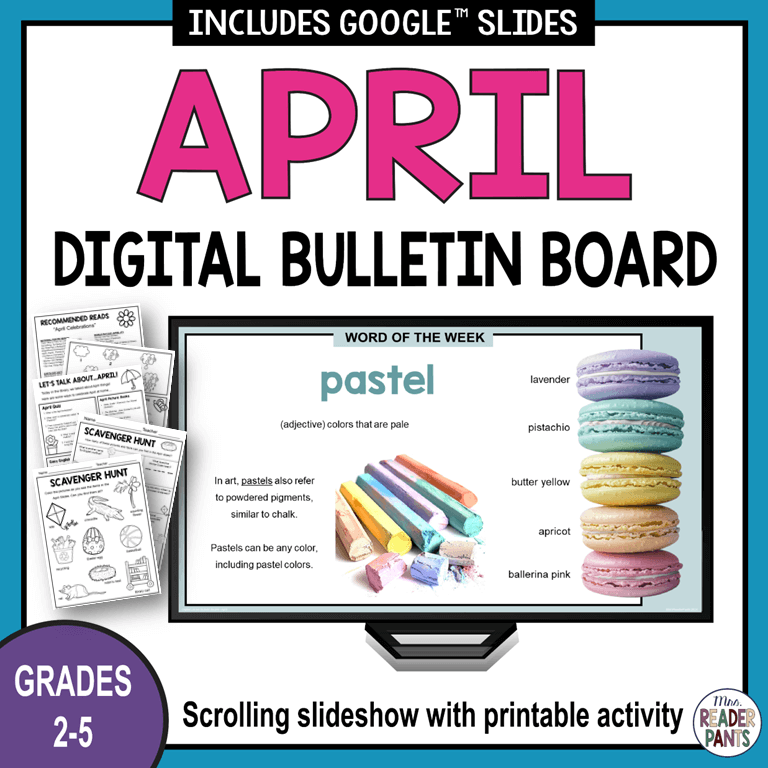Guest post by Steve Reifman
Reading is a tremendously appealing, satisfying activity, and children will become hooked once the adults in their lives consistently build it into their daily schedules. The key is getting children started. The following seven strategies will help even the most reluctant reader become more enthusiastic about the endeavor. By employing the strategies described below, reading will become something that students do willingly, even eagerly, and the adults in their lives will not have to resort to trickery, bribery, manipulation, or any other tactic that will, at best, lead to temporary compliance. After all, we’re striving to make reading a joyous lifelong habit.
1) Start with the child’s passions. Children will be more excited about reading when they can choose books or magazines related to their interests. This suggestion is far and away the most powerful one when it comes to encouraging those who are reluctant to read. When kids own the choice of what they will read, motivation increases significantly.
2) Make reading a social experience. Children who don’t enjoy reading alone often enjoy reading with somebody else. Children can read with their parents, siblings, other relatives, and friends. Some children even start mini-book clubs and discuss books related to their common interests. Asking children to read to their younger siblings and cousins can powerfully impact their own motivation to read.
3) Read aloud to children. Many parents regularly read aloud to their children when they are very young, yet stop this activity as the kids get older. Parents should read aloud to children throughout the elementary grades. Doing so makes reading more enjoyable, improves listening skills, builds comprehension, lengthens attention spans, and grows the imagination.
4) Take advantage of new technology. Children who may not find books interesting may enjoy reading the same texts on smart phones, computers, and electronic readers, such as the iPad or Kindle. Technology makes everything seem cooler and more engaging to children, and we should capitalize on this fact when it comes to reading.
5) Be a role model to children. When children see their parents reading frequently, discussing what they have read, and carrying books around, they will value reading to a greater extent. The power of modeling cannot be underestimated.
6) Camouflage reading. Parents can increase the amount of time their children spend reading by subtly building the activity into other, seemingly unrelated activities. Examples include reading menus at restaurants, reading the directions to board games, and looking at various websites together. Children who may not yet enjoy reading for its own sake may enjoy it tremendously when it’s incorporated into other engaging pastimes.
7) Be sure children read books that are appropriately challenging. Many times kids don’t want to read simply because the books they encounter are too difficult. This seemingly obvious point is frequently forgotten. None of us want to encounter frustration, and we will go to great lengths to avoid experiences that make us feel this way. Appropriately challenging books are those in which students can fluently read approximately 95% of the words. Encountering a small number of difficult words can help children grow in their reading skills, but encountering too many of these words can interfere with fluency and lead to discouragement.
Commit to trying one or more these ideas to help your child become a more enthusiastic reader. Teaching the whole child means that we focus on developing children’s academic skills, but just as important, we focus on children’s attitudes about these skills. We want to raise children who read well and read because they want to do it, not because they have to do it.
Bio:
Steve Reifman is a National Board Certified elementary school teacher, author, and speaker in Santa Monica, CA. He has written several books for educators and parents, including Changing Kids’ Lives One Quote at a Time and Eight Essentials for Empowered Teaching and Learning, K-8. Steve is also the creator of the Chase Manning Mystery Series for kids 8-12. Each book in the series features a single-day, real-time thriller that occurs on an elementary school campus. For weekly Teaching Tips, blog posts, and other valuable resources and strategies on teaching the whole child, visit http://stevereifman.com. You can follow Steve on Twitter at http://twitter.com/#!/stevereifman.















